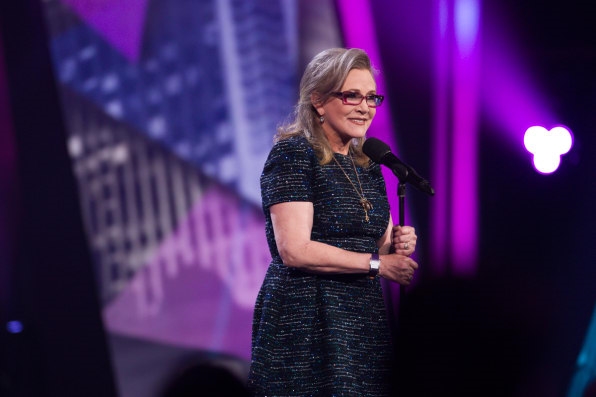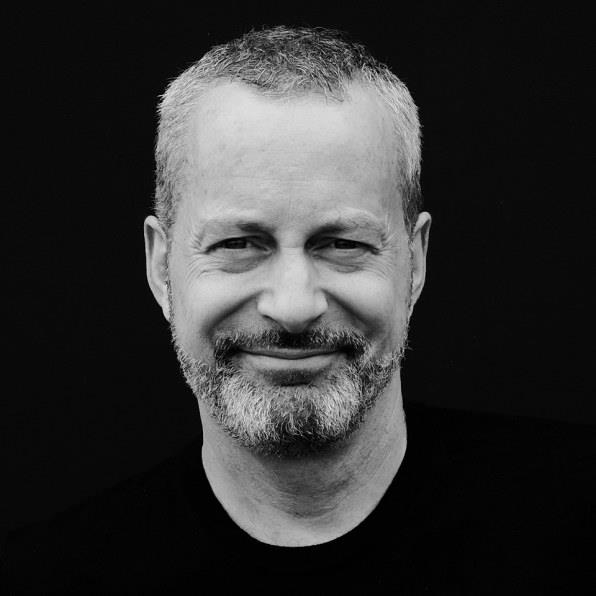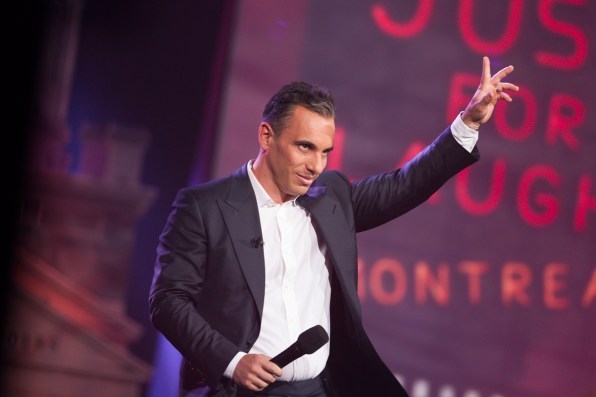Few entertainment industries have seen a boom in recent years quite like comedy. One clear indicator has been Netflix’s full-court press on comedy specials with its plan announced a few months back to release a new special every week for the rest of the year. This “diamond age” of comedy, as some would call it, is also translating into the physical space. According to statistics company Statista, the number of people who visited comedy clubs increased from 15.95 million in 2014 to 17.6 million in 2016. And one of the key drivers of comedy’s continual dominance in both broadcast and live events has been Montreal’s Just For Laughs Festival.
Celebrating its 35th year, Just For Laughs started as a two-day, French-language festival and has since ballooned into an international phenomenon, spanning more than two weeks of sets and panels from comedy’s biggest names, and platforms for burgeoning stars to possibly get their break. This year’s lineup includes the likes of Jerry Seinfeld, Jim Carrey, Jane Krakowski, Trevor Noah, Ali Wong, and Lilly Singh. Just For Laughs currently holds festivals in Toronto, Vancouver, and Sydney, as well, but its flagship event in Montreal is by far the biggest. In 2016, the festival pulled in 2.5 million visitors and generated $100 million toward Quebec’s economy–not to mention that it provided the conduit of superstar talent that feeds the company’s primary revenue stream in digital and terrestrial broadcast deals.

The public’s appetite for comedy has never been stronger. Add to that the amount of clout Just For Laughs has accrued over the years with its continually stellar roster of performers and it would seem like a flush operation that, to some degree, could go on autopilot. But Bruce Hills isn’t flipping that switch just yet. For the past 32 years, Hills has worked just about every position within Just For Laughs, starting as a driver and now as its chief operating officer. Knowing the company’s humble origins and knowing that comedy can, and has, taken a massive dip in interest has Hills cautiously optimistic.

Comedy’s massive popularity in the ’80s to mid-’90s hit a speed bump somewhere around 1995. According to Hills, comedy clubs were closing left and right, networks became very wary of comedy specials, and holding deals dried up. Although he says Just For Laughs avoided any major impact from that downturn, Hills doesn’t have a single laurel to rest on.
“We know very well after 35 years, there’s going to be ups and downs–but it’s very important to not create your own down by being complacent,” Hills says. “We’re hot right now–knocking on wood–and comedy is hot. We can ride it and lose focus, or we can look at it and say it can last a year, it could last longer–we don’t know. So we’ve got to continue to look ourselves in the mirror and be honest and hear feedback and change our game if what we’re hearing isn’t good. But the key piece of all this is talent–just being on top of the best comics in the world. And ‘world’ is also important. We’re an international event–we need to find and scour the earth for talent.”
Just For Laughs started as a festival as much for audiences as for comedians. Back in the ’80s, there were only a handful of standup comics like Eddie Murphy or Robin Williams who could sell out theaters and arenas, and networks like HBO and Showtime had a lock on televised comedy specials, all of which created something of a gatekeeper situation.
“It was a harder road to get to traction and to build your career. We realized that there was a need to have a super fest for fans and for the comics,” Hills says. “The festival became this day camp for comics in the industry because usually comedians, other than hanging out in a major U.S. city clubs like The Cellar or The Comedy Store, they’re on the road. They didn’t get a chance to fraternize and exchange ideas. We realized we could try to create an environment where we could foster creativity–where we could create opportunities for artists to advance their careers not just in Hollywood.”
As Just For Laughs gained its own traction, the push for breaking new comedians became a top priority. The festival launched its New Faces franchise in 1997, giving new comedians a platform for breaking into the industry.
“It’s a give and take situation,” Hills says. “We want to launch the next great voice in comedy, so we better take some chances–not every super original comedy voice is obvious when you first see them. So you’re going to have to take some chances and try to create an environment where they will do well.”
Part of that risk-taking team for programming Just For Laughs are Paul Ronca and Nick Brazao. In conjunction with consultants across the world and the rest of the programming team, Ronca, director of industry and special events programming, and Brazao, a producer for Just For Laughs, sift through about 700 sets a year, being a part of the audience but also talking to the comedians as well to try and get as comprehensive of a profile as possible.
“You’re really trying to predict who are going to be funniest people and representative of the next wave of comedy,” Brazao says. “Do they have a unique perspective? Do they tell a different story? Is there a lot of heat around them?”
The other important question is “are they ready?”
“That’s kind of the biggest question: Is this their year?” Brazao says. “Are they a little green or is this the year where you’re going to bring them to Montreal and they’re going to benefit from it because their material is ready. They’re ready as a performer, and they’re able to take meetings, maybe strike a deal, and leverage the festival for the platform that it is.”

Part of Just For Laughs’ evolution has been about knowing where comedy lives today. Social media has given rise to a new class of entertainers that can fill a space just as quickly as any headlining staple–hence the addition of New Faces Creators this year, a platform for influencers and digital content creators.
“The last thing we want to do as a festival is wake up 10 years from now and realize we missed that boat,” Ronca says. “The same way we have our New Faces show and how it gives us a chance to discover these comedians at a young age like Bruce did many years ago with Kevin Hart, we want to make sure we’re doing the same thing with these online creators.”
Investing in franchises like New Faces and New Faces Creators is part of Hills’s plan to keep the momentum going within the comedy industry–at the very least from a festival perspective.
“We only have to be special once a year. We’re not a TV show that makes 52 episodes. We’re not making a weekly show. We’re not a club that has weekends to sell out. We have to be special once a year–that’s not the hardest thing in the world, but talent has to lead,” Hills says. “If the talent’s great, from the breakout talent that we find to the stars, we’ll be fine. And we have to be smart enough and brave enough to hear feedback we don’t want to hear and adjust our game–if not we will have another bad period.”
Despite 35 years of being at the forefront of comedy, the team behind Montreal’s Just For Laughs festival is far from complacent.
Few entertainment industries have seen a boom in recent years quite like comedy. One clear indicator has been Netflix’s full-court press on comedy specials with its plan announced a few months back to release a new special every week for the rest of the year. This “diamond age” of comedy, as some would call it, is also translating into the physical space. According to statistics company Statista, the number of people who visited comedy clubs increased from 15.95 million in 2014 to 17.6 million in 2016. And one of the key drivers of comedy’s continual dominance in both broadcast and live events has been Montreal’s Just For Laughs Festival.
Fast Company , Read Full Story
(84)